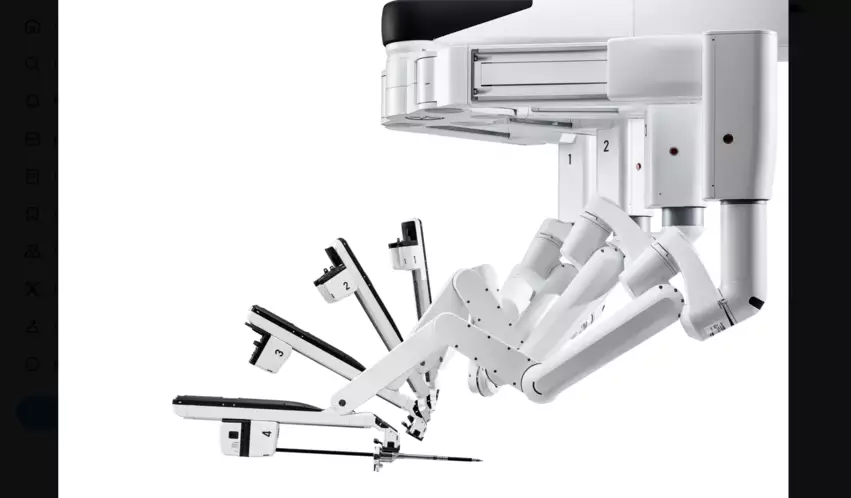Robotic-assisted coronary artery bypass grafting (CABG) procedures are associated with significant cost savings compared to traditional CABG, according to new research published in the American Journal of Cardiology.[1] This was even true after adding in the high cost—more than $1 million—of the state-of-the-art robot.
“The use of robotic-assisted CABG has been slow to get accepted due to the steep learning curve and to the high costs of the robot,” wrote first author Aleksander Dokollari, MD, a cardiac surgeon with the University of Manitoba in Canada, and colleagues.
The researchers explored data from more than 1,000 patients treated with robotic-assisted CABG or traditional CABG at a single U.S. facility from May 2018 to June 2021. Any patients undergoing concomitant surgeries were excluded. They then used propensity matching to focus on 267 patients treated with robotic-assisted CABG and another 267 patients treated with traditional CABG.
All robotic-assisted CABG procedures were performed with a Da Vinci surgical system sold and manufactured by Intuitive, a Sunnyvale, California-based healthcare technology company.
“In short, robotic-assisted CABG includes the robotic harvest of the left internal thoracic artery (LITA) followed by its direct anastomosis to the left anterior descending artery with a small anterior thoracotomy (4 cm) at the site of the camera port,” they explained. “The robotic procedures start with the introduction of three ports in the midclavicular/anterior axillary line, in second, fourth and sixth intercostal space. The 3D view offered by the robotic platform enhances the visualization of the LITA, lowering the risk of vessel injury and enabling the surgeon to harvest a longer LITA graft by means of skeletonization. By extending the camera port size to a 4-cm skin incision, the surgeon can perform an off-pump coronary anastomosis using a composite off-pump retractor and off-pump technique to complete the anastomosis.”
Beginning with clinical outcomes, the authors reported that traditional CABG patients were associated with spending twice as much time in the ICU and spending two more full days at the hospital than robotic-assisted CABG patients. Traditional CABG patients were also linked to higher rates of blood product transfusions and new-onset atrial fibrillation (AFib).
On the other hand, all-cause hospital readmissions in the first 30 days following treatment were nearly three times as common among robotic-assisted CABG patients (9%) than traditional CABG patients (3.4%).
Patients were followed for a median follow-up period of 1.5 years. Rates of all-cause mortality, stroke, myocardial infarction and repeat intervention were all comparable between the two treatment techniques.
Moving on to the costs of each technique, Dokollari and colleagues found that the total costs linked to robotic-assisted CABG were approximately $5 million, or $18,726 per patient, and the total costs linked to traditional CABG were approximately $9.5 million, or $35,580 per patient.
Even when adding in the total cost of the robotic surgical system—approximately $1.2 million—the indirect and direct costs were significantly lower among patients treated with robotic-assisted CABG.
Length of stay, the researchers noted, appeared to make the most significant impact on total costs by far. This highlights the importance of tracking post-operative outcomes such as new-onset AFib, which can cause patients to spend a longer time in the hospital.
The team also emphasized that it may take time for surgeons to feel comfortable using these robotic surgical systems.
“A surgeon on the early learning curve of the procedure is likely to incur higher initial operative costs than one who has performed 50-100 cases,” they wrote.



Leave a Reply
You must be logged in to post a comment.